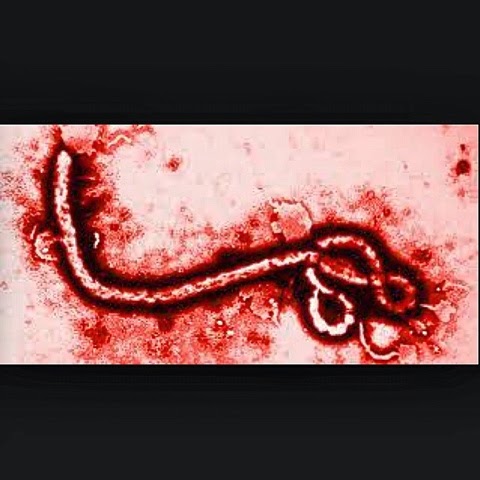Is blogging an effective learning tool? Yes! It is strange how much more valuable information I think I learned by blogging this semester than taking standard exams. Studying for exams turns into procrastination and late night cramming which almost never results in retention of the material. Think of classes that have cumulative finals at the end of the semester. Students dread those exams so much because trying to remember things they barely memorized for a few hours during the original exam is nearly impossible.
Doing any form of research forces students to have an active mind in understand the work they are doing, rather than the simple acts of reading textbooks, power points, and notes over and over again for memorization. When conducting research students must think analytically, and then to take that research and produce a written summary of that research requires students to continue their research until the point of understanding the material.
I think also the blogging technique worked as a natural way to divide the course material into separate sections. Breaking down a course so that it isn't one giant jumble of material also helps in understanding. Being able to put our class discussions into one narrowed area of a single research topic helped me at least get a clearer overall mental picture of what environmental health is.
Instead of wasting our time this semester memorizing terms and models that would be sure to be forgotten as soon as May 2nd rolled around, even me, a photojournalism, anthropology, and Spanish major, will remember the fundamental points we covered, such a waste management, occupational health, water quality and access, glyphosate in food, and safe food temperatures.
Doing any form of research forces students to have an active mind in understand the work they are doing, rather than the simple acts of reading textbooks, power points, and notes over and over again for memorization. When conducting research students must think analytically, and then to take that research and produce a written summary of that research requires students to continue their research until the point of understanding the material.
I think also the blogging technique worked as a natural way to divide the course material into separate sections. Breaking down a course so that it isn't one giant jumble of material also helps in understanding. Being able to put our class discussions into one narrowed area of a single research topic helped me at least get a clearer overall mental picture of what environmental health is.
Instead of wasting our time this semester memorizing terms and models that would be sure to be forgotten as soon as May 2nd rolled around, even me, a photojournalism, anthropology, and Spanish major, will remember the fundamental points we covered, such a waste management, occupational health, water quality and access, glyphosate in food, and safe food temperatures.
I think the active act of writing what knowledge we have
gained makes us as students more active participants in our education.











